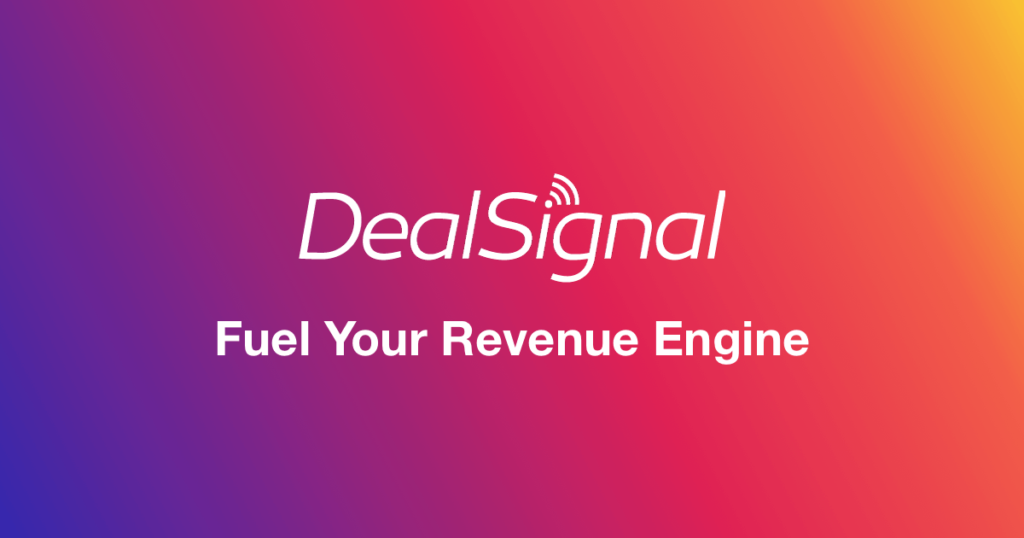Digital Advertising refers to the practice of promoting products, services, or messages through various digital channels and platforms to engage with a specific target audience. Unlike traditional advertising methods, such as print, television, and radio, digital advertising utilizes the internet and electronic devices to deliver ads across websites, search engines, social media, mobile apps, and other online spaces.
Digital Advertising is a crucial component of modern marketing strategies, offering advertisers a dynamic and scalable way to reach their target audience. It provides the ability to track ad performance in real time, optimize campaigns for better results, and engage users across multiple digital touchpoints. This precision and flexibility make digital advertising a powerful tool for achieving marketing goals and driving business growth.
Key Aspects:
- Channels: Digital advertising spans a variety of platforms, including search engines (e.g., Google Ads), social media (e.g., Facebook, Instagram, LinkedIn), display networks, video platforms (e.g., YouTube), mobile apps, and email.
- Targeting: Allows advertisers to reach specific audiences based on criteria such as demographics, interests, behavior, location, and more. Advanced targeting options include remarketing (targeting previous website visitors) and lookalike audiences (targeting users similar to existing customers).
- Formats: Includes various ad formats such as display ads (banners), search ads (text ads), social media ads (image, video, carousel), video ads, native ads (ads that blend with content), and sponsored content.
- Measurement: Provides tools for tracking and analyzing ad performance, including metrics such as impressions, clicks, conversions, click-through rate (CTR), and return on ad spend (ROAS). Real-time analytics enable advertisers to assess and adjust campaigns for optimal effectiveness.
- Budgeting: Offers flexible budgeting options, allowing advertisers to set daily or lifetime budgets, bid on ad placements and adjust spending based on campaign performance and goals.
Benefits:
- Precision Targeting: Allows advertisers to reach specific audiences with high relevance, increasing the likelihood of engagement and conversion.
- Real-Time Analytics: Provides immediate feedback on campaign performance, enabling quick adjustments and optimization.
- Cost-Effectiveness: Offers scalable options for various budgets, with the ability to manage and adjust spending based on performance.
- Flexibility: Enables diverse ad formats and strategies tailored to different marketing objectives and audience segments.
- Enhanced Reach: Engages users across multiple digital touchpoints, maximizing visibility and interaction.
Overall, Digital Advertising is a powerful and versatile tool for modern marketing, providing the ability to reach and engage with target audiences effectively. Its emphasis on precision, real-time tracking, and scalability makes it an essential component of any comprehensive marketing strategy.
« Back to Glossary Index



